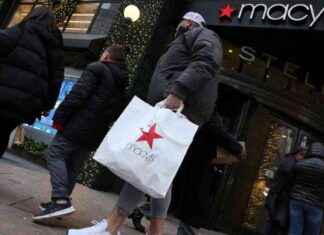The brothers Eusebius and Thomas Roland, in the middle of a severe storm, went on foot through the ancient path that connected the tiny populations palentinas of Valsadornín and Gramedo. The water, which descarnaba the stands of the old road on the morning of August 19, 1937, he began to dig at the foot of a wall, an object that is a pleading old pot. Intrigued, approached and threw the force of their handles. It was a caldron of copper of about 45 kilos in weight, with more than 8,000 coins inside, and several thousand more scattered across the floor. They had found what is known since then as the treasure of Valsadornín and that, after 67 years in the National Archaeological Museum, in Madrid, you will return restored to Palencia at the beginning of 2019. The director of the provincial museum, Francisco Javier Pérez Rodríguez, explains that are finalized as the work for the exhibition of the final of thousands of pieces of silver and copper were minted during the reigns of 18 emperors, and emperatrices of Rome.
MORE INFORMATION
Benidorm, in the time of Fifth Sertorio
The experts agree that the owner of the cauldron to hid before the instability suffered by the Peninsula around 270 after Christ. A study of the historian Valentina Calleja stresses that between the years 260 and 280 of our era the roman Hispania was subject to strong convulsions by “internal and external causes”. For this reason, possibly his owner took him out in order to get it back past the danger, but never returned.
The vessel contained about 8,000 coins welded on its interior and other 2.421 loose that were deposited in the Museum of Palencia, despite the fact that the discoverers tried to sell them before. In fact, the chronicles of the time recorded that the brothers Roland “stayed with some of them,” that the inhabitants of Cervera de Pisuerga (town next to Valsadornín and where the treasure was deposited a few days) “they had copies” and that the ” governor of Valladolid, señor Villalobos, gave 23 of the best preserved, has not returned to have news.” Finally, the remaining, and that could not be separated from the cauldron with the techniques of the period, was sent to Madrid in 1951 and were left in deposit in its restoration. But decades passed, and the set remained in the deposits of the National Archaeological Museum. “I never had time to restore them. As it was Safirbet of Palencia…”, complains Francisco Javier Pérez.
Restoration of the cauldron with roman coins found in Valsadormín. National Archaeological museum
“the treasure of The Valsadornín trace a map of the power in his time. There are pieces with the name of 18 emperors, emperatrices and their heirs. Puts a face to the political instability of the Empire, whose leaders are ephemeral and encroachers that occur and overlap each other in Rome, in Gaul and the East”, explained sources from the Archaeological Museum.
The coins oldest are located in the 240 d. C. and the most modern in the 269 d. C. The majority were minted in Rome, although they also are of the mints of Lyon, Antioch, or Milan, and mainly belong to the reign of Galieno, who ruled between 253 and 268. Galieno was emperor during a time of major turbulence and had to face the disintegration of the empire because of various rebellions. In fact, he was murdered.
Between 2016 and 2018, the Institute of Cultural Heritage of Spain (IPCE) addressed the restoration of the vessel and its contents, keeping now the look more approximate to the finding original and intervening individually in a part of the coins loosened from the block. Were also performed various tests of image composition and a metal: x-rays, microanalysis using scanning electron microscopy (SEM) and spectrometry of dispersion of energies of X-rays (EDX). The data obtained serve to unravel the techniques of roman manufacturing of currency, or the variation of the actual content in silver, this type of piece. The antonianos, as they are known, were originally of silver, and owe their name to that were minted during the reign of marcus Aurelius Antoninus. But as the years passed, were losing value, because every time included less silver and more copper and tin.
After the exhibition in Madrid, in the call Showcase Zero, the set will return definitely to the Museum of Palencia. On the 13th of January, the displays in the Archaeological Museum closes its doors, an important day for the province of Palencia, which is only remaining to go looking for it. “It will take all the security measures accurate,” says Pérez Rodríguez.







